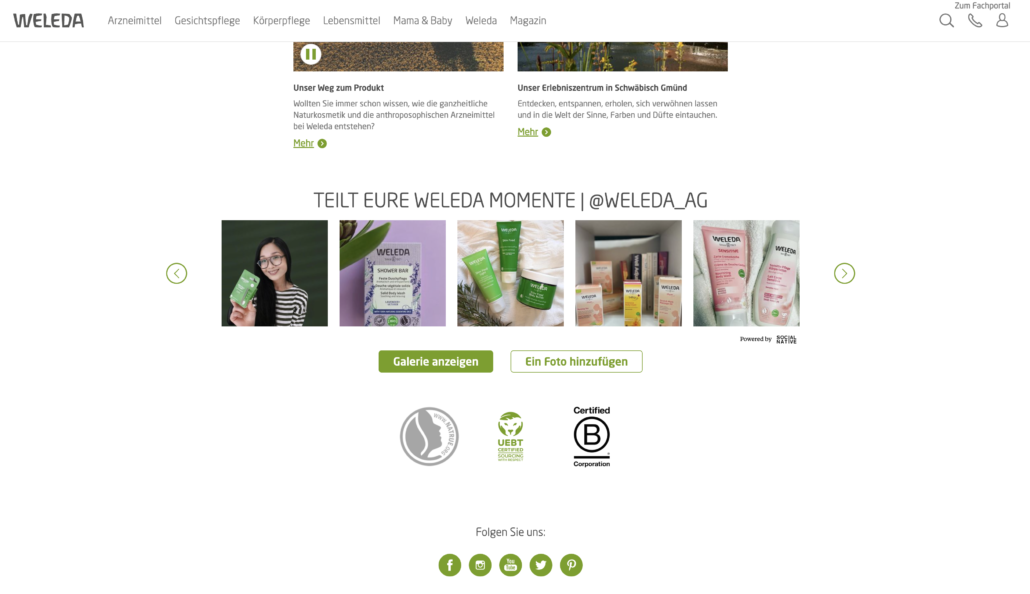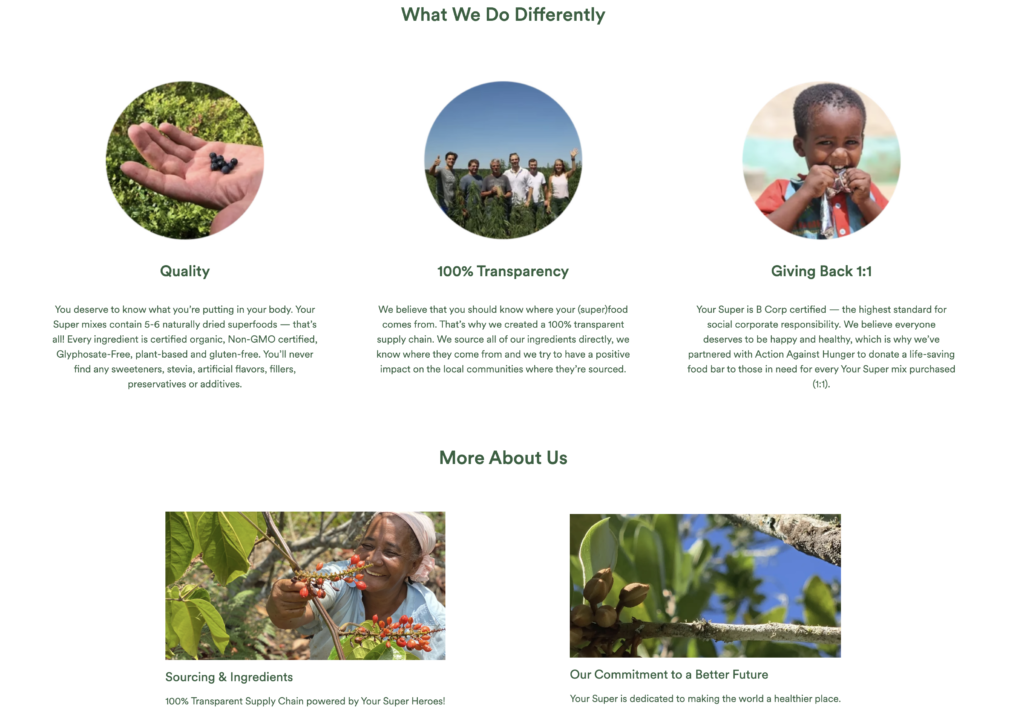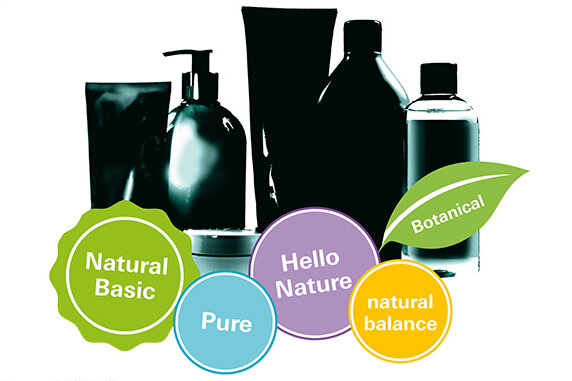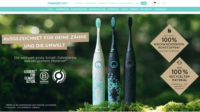Going green in Germany: How sustainable brands can flourish in a growing eco-market
Environmental responsibility has never been more imperative. While climate change is challenging everyone to think about their own contribution to creating a better world, from an economic point of view, ecological awareness is also increasingly informing decisions of consumers and companies alike. Buyers want their shopping to be sustainable, and brands are promoting their green goods and initiatives to remain competitive. So, if you as a company have committed to using your business as a force for good by selling eco-friendly products, you have already taken a valuable step both for the planet and your business. However, going green also comes with its very own demands – especially when tapping into a particular European market.
You need to understand what eco-conscious shoppers in that country look for and how you can make your marketing resonate with them. In this article, we’ll focus on Germany and how it is a promising market for sustainable brands. What do German shoppers value and how can you win their eco-conscious hearts?
Germany – thinking green …
Green consumerism has become a widespread phenomenon in Germany with more and more people engaging in sustainable buying behaviour. According to market research institute GfK, German citizens consider sustainability as a key factor in both daily and major purchasing decisions. Based on the same source, climate change is a serious concern for more than 70% of Germans, and 65% expect companies to act environmentally responsible while they themselves try to save resources and reduce waste.
In their Global Sustainability Study 2021, strategy consulting firm Simon-Kucher & Partners found that Germany was one of the countries with the greatest shift towards a more sustainable purchasing behaviour in the past five years. 88% of German respondents reported to have made minor to significant changes in this period of which 34% engaged in a significant or total change in lifestyle. 31% say that they choose sustainable alternatives wherever available, including those who don’t buy at all when there’s no such alternative – the equivalent figure for the United Kingdom is 24%.
Recent developments speak to these findings: Over the last few years, an overall increase in sales and market shares of green(er) commodities in Germany – ranging from food and cosmetics to vehicles and household appliances – has shown that buying eco-friendly is anything but niche. And it’s a matter of official rather than merely private concern as well: In its National Sustainable Development Strategy, the country’s Federal Government has set the 2030 target to achieve a market share of 34% for products certified by an official eco-label, demonstrating that green growth is an economic priority which has become firmly anchored in the German market and will set the course for the years to come.
… buying green?
The apparent environmental awareness of consumers in Germany makes it a promising market environment for brands to promote their eco-friendly products or services. However, being environmentally aware does not automatically translate to environmentally friendly purchasing behaviour. While personal beliefs are a key driver of green consumer’s buying decisions, price and quality still rank higher as a purchase criterion for younger Germans than sustainability. Although many eco-conscious consumers in Germany are generally willing to spend more on a product if it is eco-friendly, they seem to be less willing to do so than consumers in the majority of other countries included in the Global Sustainability Study 2021. Furthermore, the impact of the inflation and the energy crisis has left its mark on consumer sentiment.
At the same time, pro-environmental buyer personas such as LOHAS (“Lifestyle of Health and Sustainability”) are becoming increasingly influential in Germany. For them, eco-friendly consumption is more than a buying behaviour – it’s a lifestyle worth showcasing. They seek sustainability without having to sacrifice pleasure and habit, and they will make sure to verify environmental credentials by checking the packaging, using online sources or talking to friends. If they feel a product lives up to their high ethical and quality standards, they will be ready to pay more for it, tell others about it and become true brand advocates.
So rather than solely relying on shared values, it’s crucial that your brand communicates and proves to those who already have the right mindset that your product is worth their investment. In order to allay people’s (understandable) financial and product performance concerns, building green trust is key – green consumers will buy from environmentally sound and credible companies which understand their values and priorities, while a lack of trust will drive them away.
Green marketing and how to get it right
Connect with your customers
As a green brand, you should view your target group as a value-driven community looking for brands and products which are in line with their beliefs. Their purchasing decisions are heavily influenced by their sense of social and ecological responsibility; they buy with a purpose and want to make a difference so they can contribute to a better world. Green marketing – the practice of advertising products or services based on their eco-friendly benefits – involves efforts to emphasise how your product can help with that.
Connecting with your audience is key to making your marketing meaningful and your messaging matter. As a green brand, you are part of a movement and share a purpose with your customers. Leverage that shared purpose by interacting with your customers through their preferred channels, listening to their feedback and involving them in campaigns and marketing decisions to create an inspiring community around your brand.
In order to strengthen the customer-seller relationship, consider techniques such as storytelling, be sensitive of their cultural and social background and focus on styles and narratives that resonate with them. At the same time, you should acknowledge and address their concerns, for example, by emphasising how the durability and energy-efficiency of your green product will also help them to save costs.

Make it a true corporate philosophy
Customers who are committed to a cause expect nothing less from the brands from which they purchase. That is why a crucial part of green marketing is to make sustainability a brand purpose rather than purely a marketing strategy.
By embedding an environmental culture in your entire organisation and investing in eco-friendly processes and supply chains, you ensure the integrity and authenticity that your customers demand. Show commitment by taking action for charitable causes and choose business partners that care as much as you do. Green marketing must go beyond the eco-friendly product – it is a holistic endeavour that affects your whole business.

Avoid greenwashing
As worthwhile as it is, positioning your business as or transforming it into a green brand is not an easy undertaking, and some companies may inadvertently find themselves in “greenwashing” territory. The term refers to misleading marketing activities aimed at making brands and their products appear more sustainable than they actually are. Recently, the EU introduced a new draft proposal seeking to ban this practice and in Germany, too, brands engaging in greenwashing now face increasingly severe consequences.
But even if these actions are not classified as a criminal offence yet, making false, deceptive or incomplete claims will inevitably damage a brand’s reputation and their customers’ trust. And because your target group is made up of well-informed and purposeful shoppers, you should expect them to be sceptical and the credibility of your green identity to be under intense scrutiny.

Be transparent and informative
Even if, or precisely because your customers will do their research, you should make it easy for them to find the information they need. Use your website, ads, product packaging and communication channels to explain the impact of your product and how you as a company want to achieve your environmental goals, rather than simply stating them. Substantiate your green claims by presenting data or using official eco-labels to make your efforts verifiable and visible to customers.
You should also make sure that your claims are not only objectively true but also clearly and correctly understood by your customers. For example, vague terms such as “nachhaltig” (“sustainable”), “umweltfreundlich” (“eco-friendly”) or “klimaneutral” (“climate neutral”) are not legally regulated in Germany and can be used by companies without requiring any further explanation or proof.
When including these generic attributes in your marketing content, back them up and be specific about the actual environmental benefits of your products have. You should also refrain from boasting about essential information: if a hairspray is “FCKW-frei” (“CFC-free”), this is required by law rather than a green selling point, as the use of such substances has been prohibited since the 1990s. Language is a powerful tool to ensure transparency when it is used as a clear and educational means of communication, but at the same time, you should be aware of its misleading or actively deceptive uses for greenwashing.

Conclusion
In order to design your green marketing strategy and thrive in a new country, you need to understand what factors affect people’s green buying decisions, and that these will often vary cross-culturally. This should be reflective in your brand. Ultimately, however, there is no better marketing strategy than leading by example: when you’re speaking to the values of eco-conscious customers, you should suit your action to the word, avoid greenwashing and demonstrate your own environmental stewardship.
Vice versa, it’s crucial to ensure that your messaging adequately reflects your purpose and efforts, and that it will connect to your audience in the target market. You want your words to make an impact, so your business can make an impact as well. If you’re looking for a value-aligned translation partner that will sensitively localise your sustainable brand for the German market, get in touch today.
